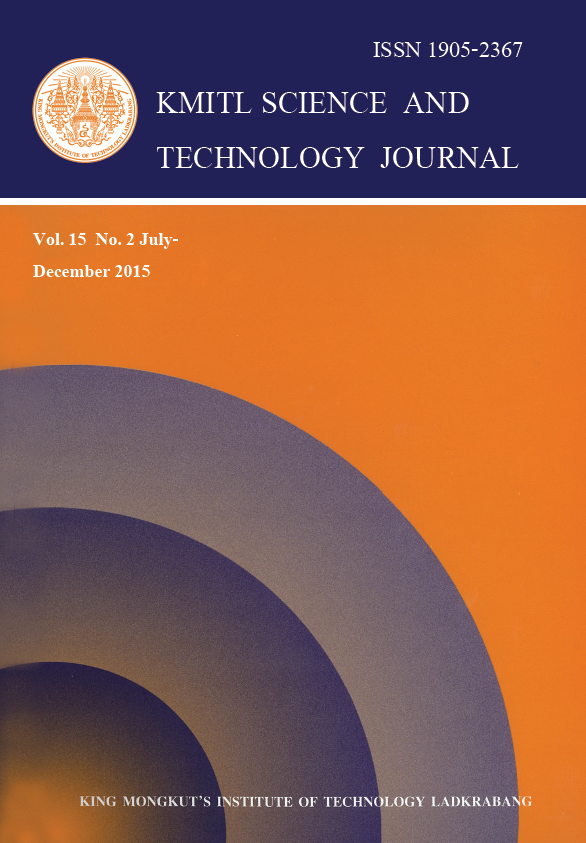Industry, fossil fuel combustion, agriculture and mining operations are the cause of heavy metal contaminated sites and the heavy metal contamination directly affects human health. The objective of this research was to investigate the ability of fungi to solubilize and immobilize insoluble lead compounds such as lead carbonate (PbCO3) and lead oxide (Pb3O4). Soil fungi were isolated from contaminated soil in zinc mine at Tak province, Thailand. Isolated fungi were plated on PDA medium supplemented with 0.5% (w/v) of insoluble lead compounds. Aspergillus niger MS7 and Aspergillus sp.1 showed the highest activity in solubilizing insoluble lead compounds with clear zone appearance more than 40 mm. in diameters. Precipitation of lead biomineral crystals was observed in agar medium underneath colonies of A. niger MS7. The crystals were purified, and analyzed by scanning electron microscope (SEM) and X-ray powder diffraction (XRPD), and the results revealed that they were lead oxalate (PbC2O4). It is suggested that soil fungi have potential application in heavy metal bioremediation.
Keywords: Biotransformation, Bioremediation, Heavy metal, Lead compound, Fungi
*Corresponding author:
E-mail: thana5306@hotmail.com
Sutjaritvorakul*, T. ., Whalley, A. J. ., Whalley, A. J. ., & Sihanonth, P. . (2018). Biotransformation of Insoluble Lead Compounds by Fungi Isolated from Polluted Soil. CURRENT APPLIED SCIENCE AND TECHNOLOGY, 55-61.
